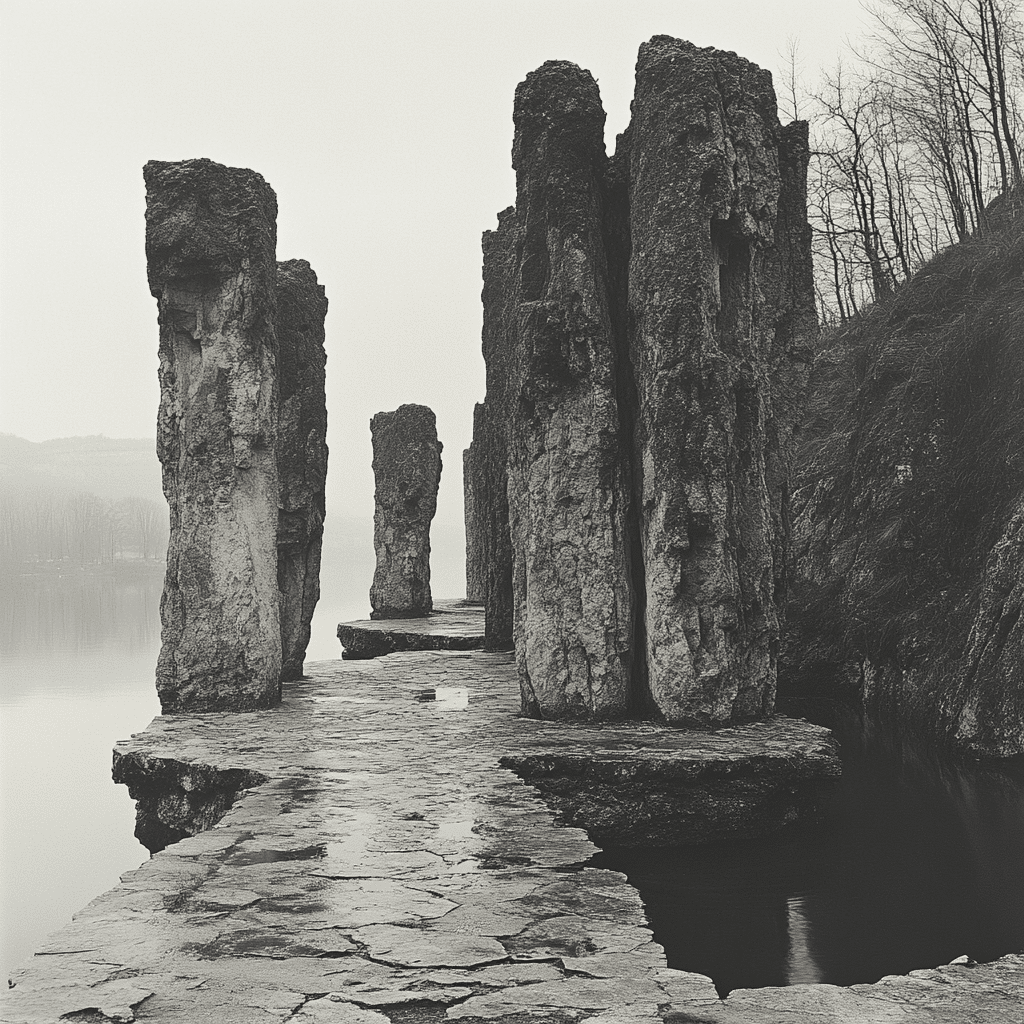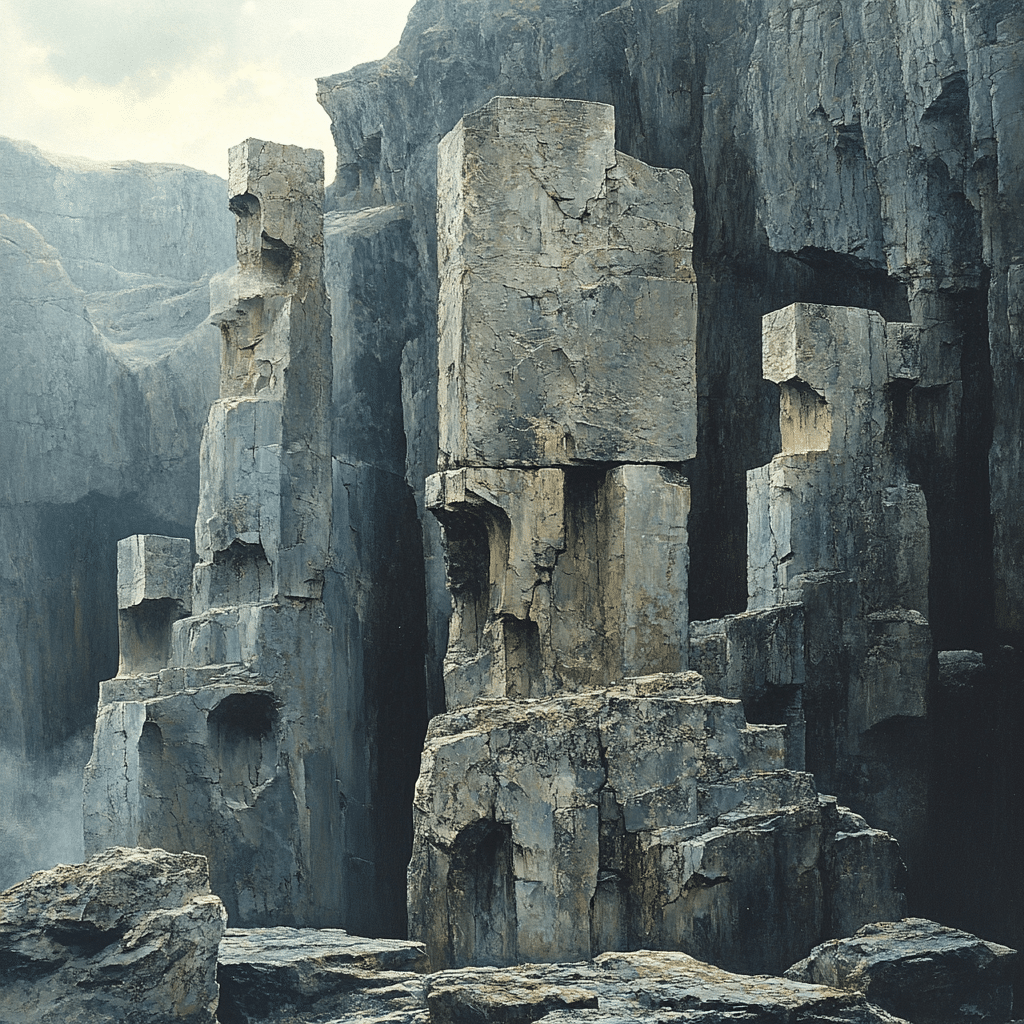Unveiling the Wonders of the Stone Forest: A Natural Phenomenon
The stone forest phenomenon represents a breathtaking confluence of natural beauty and geological history. Towering rock pillars, some reaching heights of 5 to 30 meters, emerge from the earth with an almost mythical grandeur. They appear like sentinels, guarding the secrets of the past and captivating the minds of researchers and tourists alike. Covering an expanse of over 26,000 hectares, with only 80 hectares open to visitors, the Shilin Stone Forest in China’s Yunnan Province serves as a prime example of this extraordinary landscape.
UNESCO has recognized Shilin as a Global Geopark, highlighting its significance not just as a tourist attraction but as a vital area for ecological study and cultural preservation. The stone forest showcases karst topography, formed through thousands of years of erosion and geological shifts. Intriguingly, this landscape is steeped in legend. Local folklore tells of Ashima, a beautiful girl who was turned into stone after her love was thwarted. The tale exemplifies how these natural wonders intertwine with the cultures and histories of the Indigenous communities who inhabit the region.
The ecological richness of stone forests is too compelling to ignore. Not only do these landscapes captivate the imagination, but they also nurture a variety of plant and animal species, creating ecosystems that thrive in these often harsh conditions. As researchers delve deeper into understanding these environments, they continue to reveal the intricate relationships between geological formations and biodiversity.

Top 7 Fascinating Features of Stone Forests Around the Globe
The Allure and Importance of the Stone Forest
The stone forest embodies more than just striking rock formations; it represents an intertwining of natural processes, ecological diversity, cultural heritage, and ongoing struggles to preserve these spaces. As we strive to understand and protect these awe-inspiring landscapes, we are reminded of our responsibility to maintain the fragile balance within these diverse ecosystems. Peeling back the layers of each stone forest reveals narratives of our planet’s past and hints at the potential future we could foster if we choose to engage with these wonders responsibly.
By participating in these ecosystems and advocating for their preservation, we nurture a deeper appreciation of the natural world we inhabit. Whether visiting for adventure or seeking knowledge, the journey into the world of stone forests offers a unique opportunity to connect with the earth’s history while preserving the beauty that remains locked within towering rock pillars, waiting to be discovered.

Stone Forest: Nature’s Monumental Marvel
Nature’s Masterpiece and More
Did you know that the incredible formations in a stone forest are the result of millions of years of erosion? These towering rock pillars, often reaching heights of over 30 meters, create an astonishing landscape that draws visitors from all corners of the globe. Just like mastering the art of a perfectly timed dropkick, the beauty of these rock formations takes time and practice to appreciate. When viewed up close, you can see how each pillar stands proud, showcasing nature’s artistry. Speaking of artistry, if you’re intrigued by other famous figures and their boldness, check out the infamous stormy Daniels Pictures that often capture public attention.
Unraveling the Mystique
Interestingly, some stone forests, notably in Madagascar, are home to diverse flora and fauna that can’t be found anywhere else on the planet. This biodiversity is as surprising as the stark contrast of weather you might experience across different regions, like those in Stratford, Ontario, which has its own unique climate quirks. Moreover, one can often find intriguing historical facts woven into the lore of these areas, similar to the stories surrounding notable individuals like Sam Melville, who played a role in shaping public discourse in the past.
A Journey Worth Taking
Exploring a stone forest is as exhilarating as finding light in dark times—just like the saying goes, “there’s always light at the end of the tunnel.” These adventures evoke a sense of freedom and discovery, reminding us of what awaits beyond the everyday grind. For those considering a trip or a more permanent stay in some of these scenic locales, financing mobile home options can make your dreams of living close to nature a reality. So, whether it’s the incredible landscapes or the fascinating stories behind them, the charm of stone forests is hard to resist and truly worth experiencing.

Why is Stone Forest so famous?
Stone Forest is famous for its unique rock formations that look like towering pillars, creating a stunning and otherworldly landscape. The area is significant for its geological features, local culture, and legends tied to the indigenous Yi people.
Where is Stone Forest located?
Stone Forest is located in Yunnan Province, China, within the Shilin (Stone Forest) UNESCO Global Geopark, spanning a large area of karst geology.
How much does it cost to visit the Stone Forest?
The cost to visit the Stone Forest can vary, but generally, entrance fees are around 100 to 200 Chinese Yuan, depending on the season and specific attractions.
What is the myth of the Stone Forest?
According to local legend, the Stone Forest is said to be the birthplace of Ashima, a beautiful girl from the Yi ethnic group who turned into stone after being forbidden to marry her true love.
Do people live in the Stone Forest?
People don’t live directly in the Stone Forest itself, as it’s primarily a protected area and a tourist attraction, but the surrounding regions are home to various communities, including the Yi people.
Is the Stone Forest a wonder of the world?
While the Stone Forest isn’t officially recognized as one of the “wonders of the world,” it is often regarded as a natural marvel because of its unique geological formations.
Who owns Stone Forest?
Stone Forest is managed by the local government and protected as part of the Shilin UNESCO Global Geopark, ensuring its preservation for both locals and visitors.
How to visit Stone Forest?
To visit Stone Forest, you can take a bus or hire a taxi from nearby cities like Kunming. It’s best to check local transportation schedules for the most convenient routes.
How many people visit the Stone Forest every year?
Each year, around 1 million people visit the Stone Forest, drawn by its unique features and cultural significance.
What time does the stone forest open?
The Stone Forest is generally open from 8 AM to 6 PM, but it’s wise to check for specific seasonal hours that might apply.
How long to spend at Stone Forest?
Most visitors spend about 2 to 4 hours at the Stone Forest, depending on how much they want to explore the rock formations and take photographs.
How old is the Stone Forest in China?
The Stone Forest is estimated to be millions of years old, making it a fascinating geological site with a rich history.
Why is the Stone Forest so popular?
The Stone Forest is popular mainly because of its stunning natural beauty and its cultural significance, along with the opportunity to explore unique rock formations.
What is the forbidden forest?
The forbidden forest usually refers to the mythical element of the Stone Forest legend, where Ashima’s story unfolds, marking it as a place of romance and tragedy.
What is an interesting fact about the Stone Forest?
An interesting fact about the Stone Forest is that it covers an area of over 26,000 hectares, but only about 80 hectares are open to the public.
What is the most famous forest in the world?
The most famous forest in the world might be debated, but places like the Amazon Rainforest or Sherwood Forest often come to mind when people think of famous forests.
Why is the Petrified forest so famous?
The Petrified Forest is famous for its large deposits of petrified wood and ancient trees that have turned to stone, providing significant paleontological insights.
What is the legend of the Shilin Stone Forest?
The legend of the Shilin Stone Forest revolves around Ashima, who embodies the spirit of love and sacrifice for the local Yi people, contributing to the site’s cultural richness.
What caused the Stone Forest?
The Stone Forest was caused by years of weathering and erosion of limestone, which formed the unique and intricate pillars we see today.



